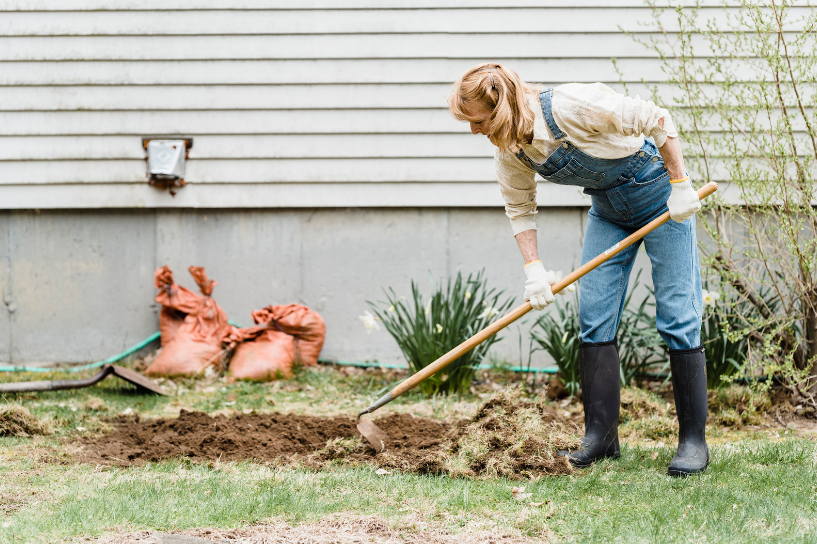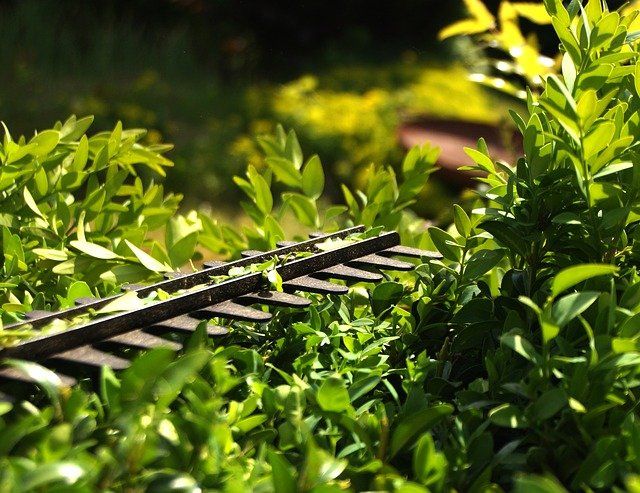When Can I Start Trimming My Hedge?
When Can I Start Trimming My Hedge?
As the weather starts to grow warmer and the spring rains fall, your landscaping plants should begin to spring to life. Your yard is likely full of new growth, but not all of that growth fits into your lawn design. Hedges in particular tend to reach for the sun with unruly, haphazard growth. While it is good to know that your hedges are healthy, this growth can be unsightly or can make your yard look unkempt.
Before you rush outside to trim your hedges, however, there are a few things to consider. Every type of hedge has a certain time frame in which pruning is healthy. Some shrubs (such as hollies) can be pruned at nearly any time of the year. But for most species, pruning too early (or too late) in the year can actually damage your hedges!
If you have cedar hedges, it is best to wait until late June or early July to prune. You want to allow the hedge to produce new growth so that you can ensure that you do not over prune. Once your hedge has ended its yearly growing cycle, you can prune up to two-thirds of the new growth. Cutting any more than this off may hinder the hedge’s ability to produce new growth next year!
Boxwood hedges are more forgiving - you can begin trimming them early in the summer. If needed, they can be trimmed at any time during the growing season, so long as you give them enough time to recover before winter.
For flowering shrubs, you must time your pruning so that it does not interfere with flowering. If a shrub flowers in the summer, you can prune it as early as February or March. If your hedge flowers in the spring, however, you should wait until after it has flowered to prune. Pruning spring flowering shrubs too early can actually remove their buds, as buds develop on old growth during the winter!
Another thing you should take into account when pruning your hedges has nothing to do with the hedge itself - it has to do with the birds that might be nesting in it! Hedges are ideal places for birds to keep their eggs and hatchlings safe from predators. Unfortunately, most birds nest from March to August - the same time that you generally want to prune your hedges. If you notice a nest in your hedge, it is best to wait to prune until August. Your hedge will recover much better than the baby birds you might dislodge by being impatient!
Regardless of the type of hedge you have, the health of the hedge (and its potential inhabitants) should be your first concern when deciding when to prune. While it can be tempting to tidy up your plants as soon as the weather is nice enough, there are many times when it is best to wait. If you are ever unsure of the best time to prune your hedge, give us a call!
Our hedge trimming experts are here to help!
You might also like



Get A Free Quote!


